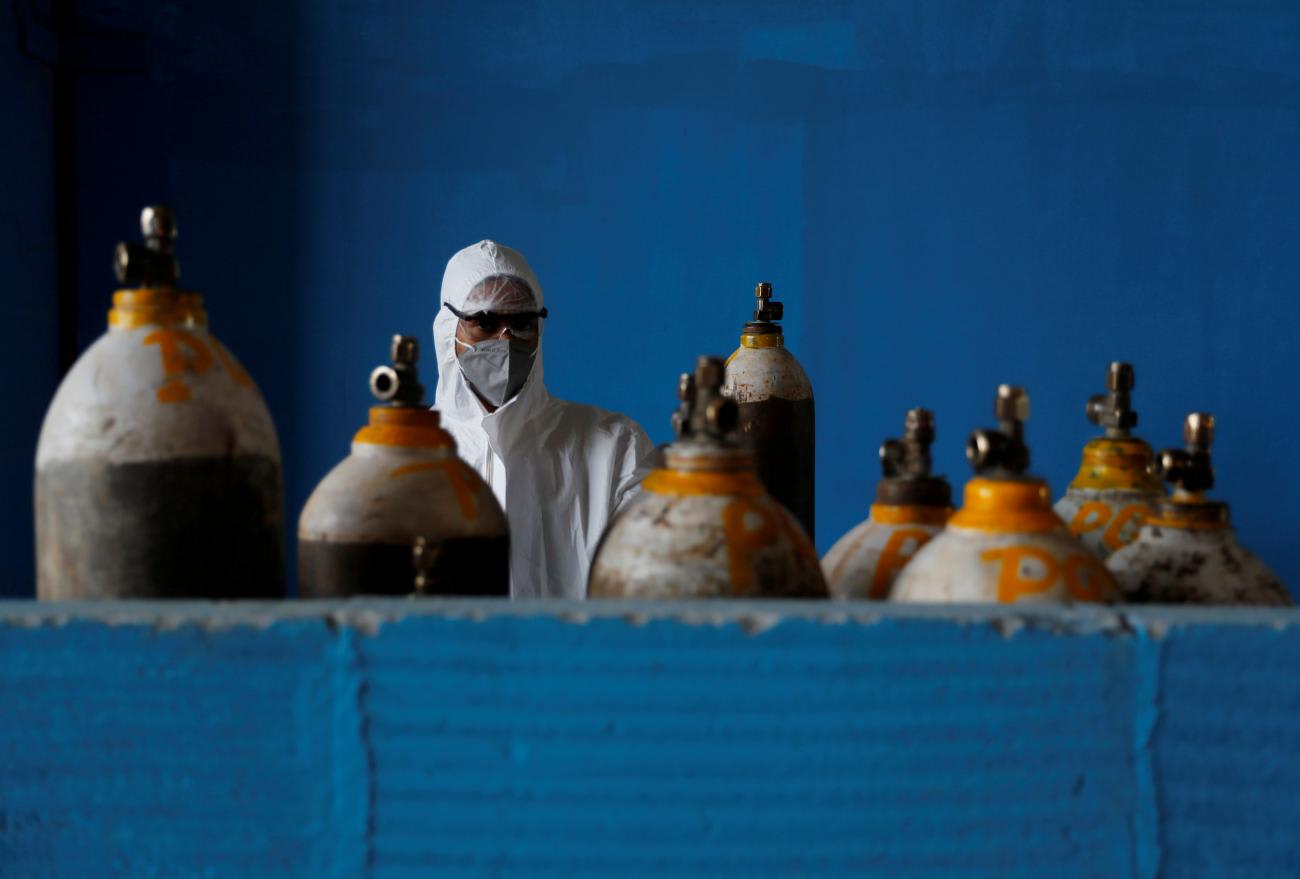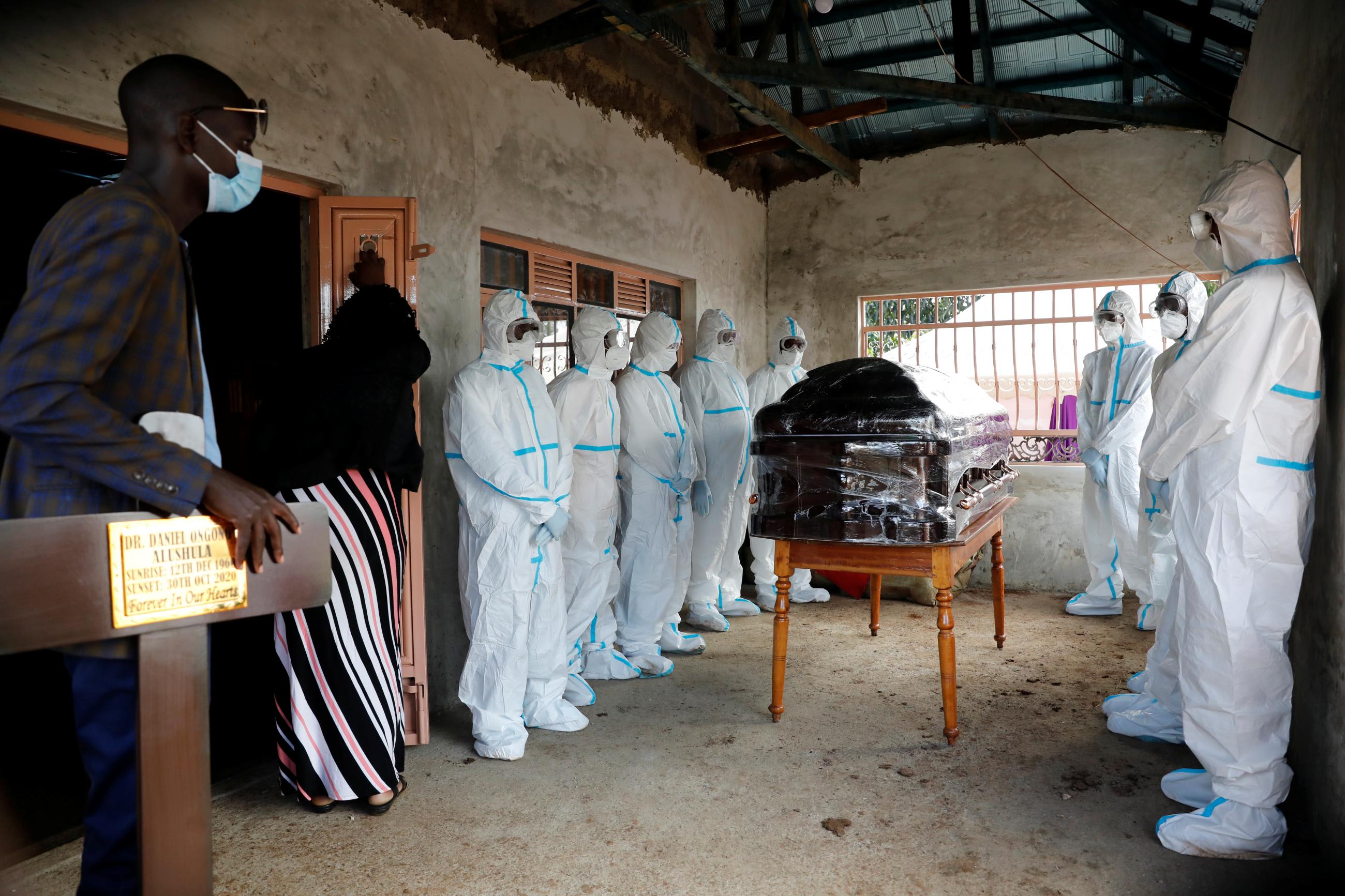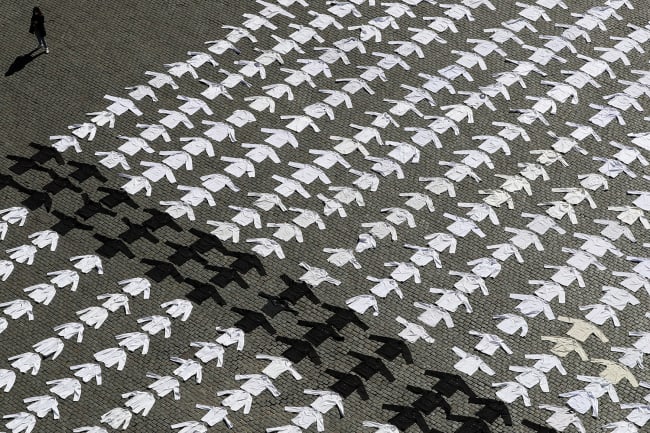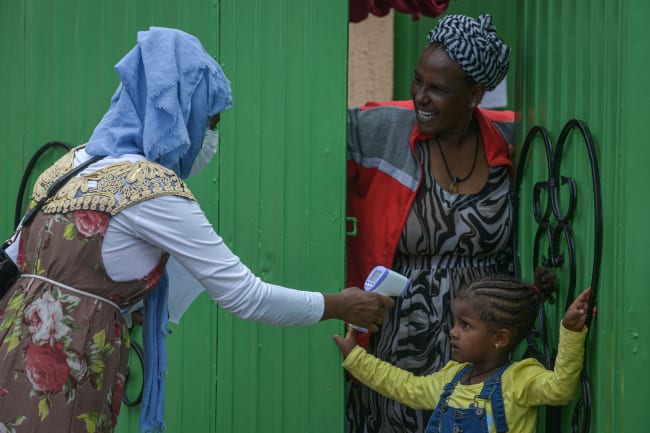Nearly one year in, the COVID-19 pandemic has left its mark on almost every human being. But not every community has felt the effects of the pandemic equally: deeply entrenched systemic, economic, and social inequities render some more vulnerable than others.
The pandemic has spurred the world's wealthiest countries to make enormous investments, including in research and development for tests, treatments and vaccines. But inequity is not confined to any one country or any one disease. Many of the most intractable global health challenges disproportionately impact poor and marginalized communities in high- and low-income countries alike. And diseases essentially relegated to low- and middle-income countries, such as tuberculosis, malaria and childhood pneumonia, claim millions of lives each year but receive only a fraction of the necessary funding.
The most intractable global health challenges disproportionately impact poor and marginalized communities in high- and low-income countries alike
To address these inequities, we need to harness the energy, solidarity, and investment prompted by COVID-19 and channel it into long-neglected diseases like childhood pneumonia. Despite being preventable, detectable, and treatable, pneumonia is the leading infectious killer of children worldwide. More than half of these deaths occur in just five countries: India, Nigeria, Pakistan, the Democratic Republic of Congo, and Ethiopia. We're just sorting out the vaccines and treatments to contain COVID-19, but we've had the tools we need to end pneumonia for years: x-rays to diagnose it, vaccines to prevent it, medical oxygen for patients with it who are struggling to breathe, and antibiotics to treat and cure them.
In high-income countries, medical oxygen is a common and relatively inexpensive commodity, and one the COVID-19 pandemic has shown to be a lifesaving resource. Yet nearly half of hospitals in low- and middle-income countries have inconsistent oxygen supply or lack it entirely. Meanwhile, 70 million children, mostly in sub-Saharan Africa and South Asia, aren't fully protected by pneumococcal conjugate vaccines to protect them from pneumonia, and only one-third of children with bacterial pneumonia receive antibiotics to effectively treat it.

Biomedical innovations only save lives when they reach the people who need them. And to introduce new medical tools, countries need comprehensive, resilient health systems that can supply everything from freezers for vaccine storage to well-equipped hospital rooms and trained health professionals. These gaps are a major reason why every 39 seconds a child dies of pneumonia somewhere around the globe.
The same is true for COVID-19. Though several vaccines have shown promising results in clinical trials and there are some 200 other candidates in development, more must be done to prepare for vaccine delivery, especially in low- and middle-income countries. Whether it's cold chain infrastructure or transport to remote communities, the same challenges that have hindered access to pneumonia vaccines could slow the introduction of COVID-19 vaccines. To ensure that no country is left behind once vaccines are available, governments and donors must plan for and invest in vaccine delivery now.
Every 39 seconds a child dies of pneumonia somewhere around the globe
We are seeing progress. So far, 189 economies have signed up to participate in the COVAX Facility, which aims to support vaccine manufacturing and distribution across the world. And the Gavi COVAX AMC has raised nearly $2 billion for vaccine delivery in low- and middle-income countries. While more must be done to end this pandemic, these are encouraging signs of global solidarity.
But collaboration and cooperation must not end with the pandemic. In some high-income countries, leaders have shown a greater commitment to equity by prioritizing access to health care and vaccines for health workers and other high-risk groups. To truly address health inequity, they must also commit to closing the research, health-care, and innovation gaps that lead to millions of preventable deaths among the world's most marginalized communities every year.
Global solidarity will help end this pandemic. It could also help end other diseases, ones that have killed far too many people in low-income countries for far too long.













